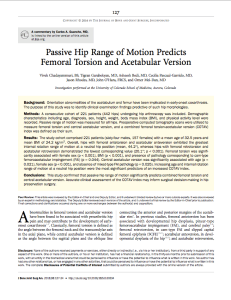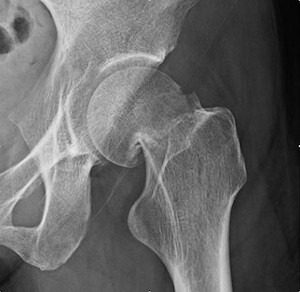 Tigran Garabekyan M.D. – Your Los Angeles Area Hip Specialist
Tigran Garabekyan M.D. – Your Los Angeles Area Hip Specialist
When an older patient (age > 65 years old) falls and sustains a displaced hip fracture (displaced = the fracture is shifted out of alignment), treatment typically consists of surgery to replace the hip joint (partial or total hip replacement). The implant is strong enough to withstand immediate, unrestricted weight bearing which is a great advantage as many older patients also suffer from early dementia or balance problems making it difficult for them to comply with protected weight bearing. Patients work with a physical therapist to get up from bed and walk immediately following surgery – reducing their risk of pneumonia, skin ulcers, and other complications from prolonged recumbency.
The treatment of a displaced hip fracture in younger patients (age < 65 years old) is a bit more complicated. These patients are typically healthier, more active, and have at least 25 more years of life to live. All of these factors jeopardize the longevity of a hip replacement implant and, therefore, every effort is made to preserve the native hip joint (hip preservation surgery). Partially displaced fractures are treated by surgically realigning the fragments and stabilizing with a plate-and-screw device to promote bony healing – as shown in the image below: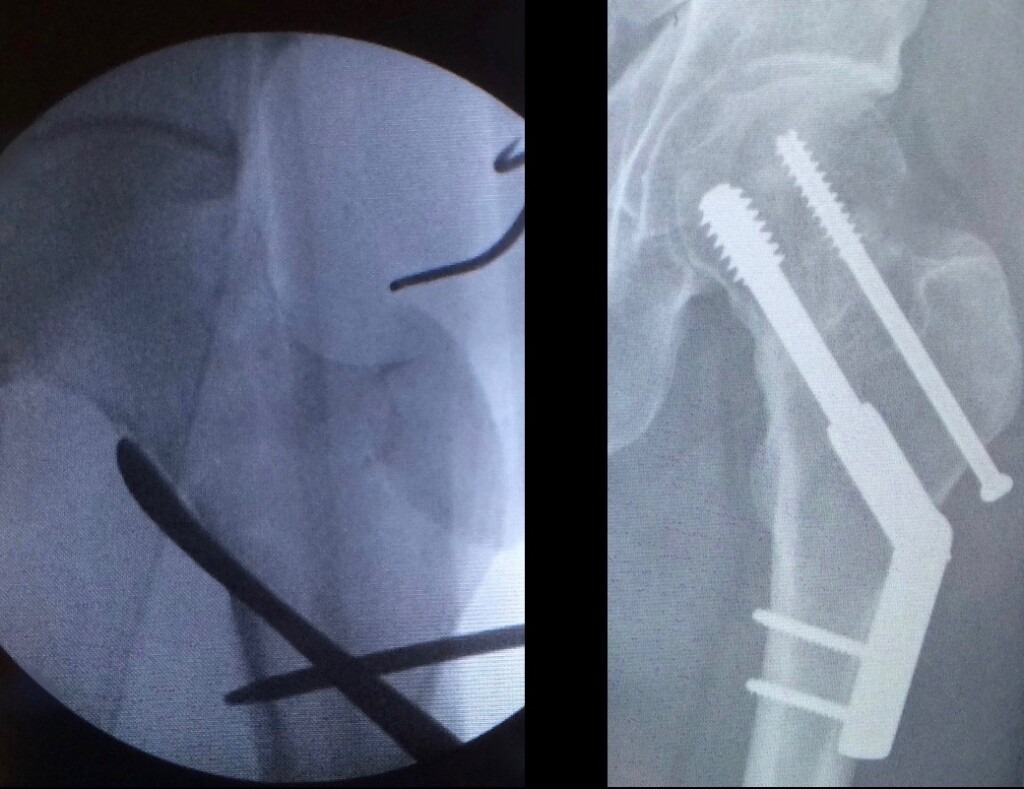
Completely displaced fractures, however, have a poor capacity for healing due to a disruption in the blood supply to the femoral head (the ball in the ball-and-socket hip joint). This means that even if the fracture is perfectly realigned and fixed, bony healing would likely not take place and ultimately the patient would have persistent pain requiring additional treatment. These fractures are treated with total hip replacement, and patients are cautioned to refrain from high impact activities (i.e. running, basketball, skiing) that may decrease the longevity of their implant and potentially require revision surgery to replace worn out parts.
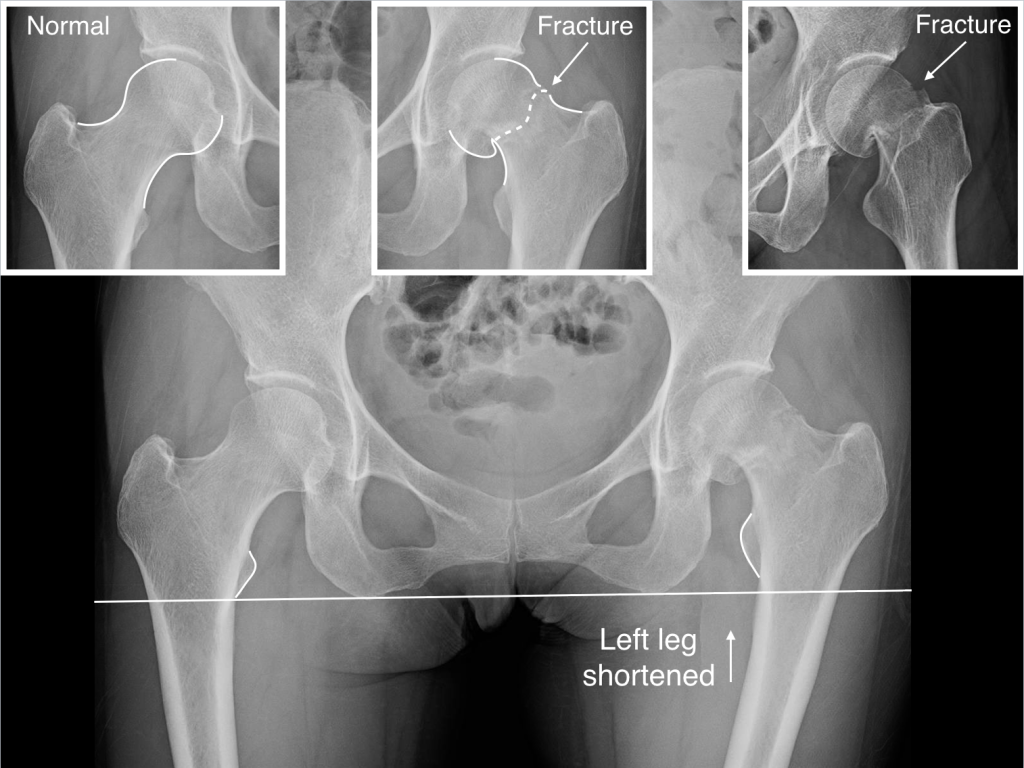
The image above depicts a left hip fracture in a 50 year-old healthy and active female. The fracture occurred from a fall and caused displacement of the femoral head (ball) from the rest of the femur – as seen in the middle and right insets outlining the loss of normal contour of the upper femur. As a result of the displacement, the left leg is also shorter than the right. Given the degree of displaced, a long discussion was held with the patient regarding the concern for poor bony healing with attempted fixation. Ultimately, the patient elected to proceed with a total hip replacement, as she did not engage in any high impact activities and enjoyed hiking and dancing.
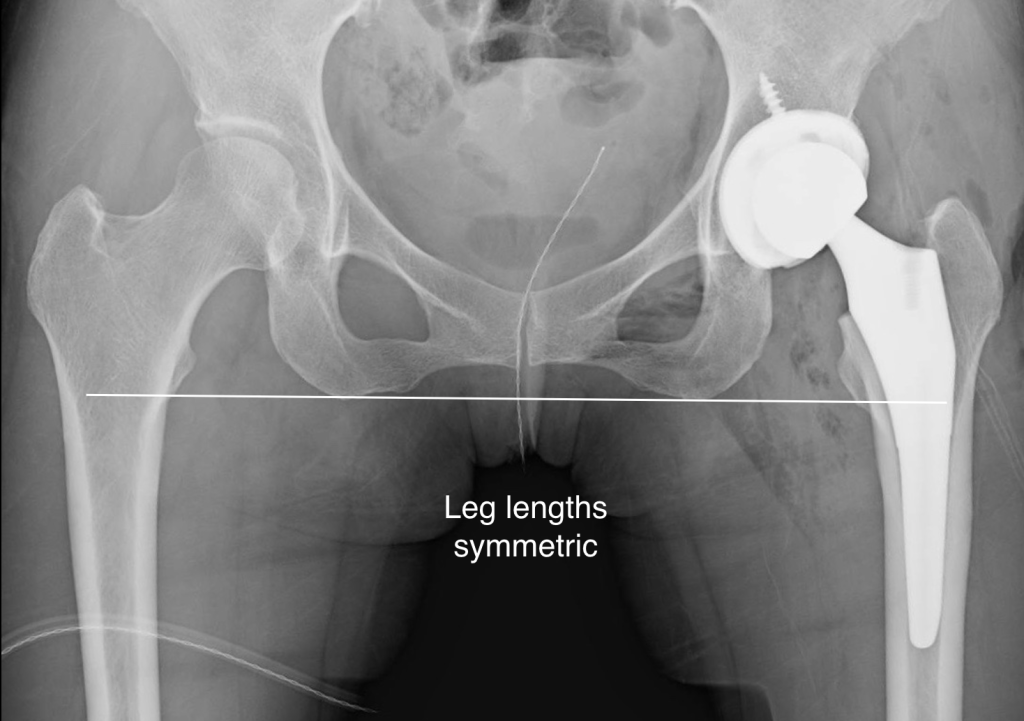
Total hip replacement was performed with a minimally invasive posterolateral approach using a ceramic ball, plastic (polyethylene) liner, and titanium cup and stem for improved longevity. The leg lengths are now even and the patient can enjoy rapid recovery and return to function.
Dr. Tigran Garabekyan is a board certified orthopedic surgeon specializing in hip preservation. To learn more about Southern California Hip Institute or to schedule a consultation, click here to contact us. Serving patients in Encino, Sherman Oaks, Van Nuys, North Hollywood, Burbank, Glendale, West Hollywood, Century City, Beverly Hills, Santa Monica, Los Angeles, and other neighboring cities in the greater Los Angeles area.
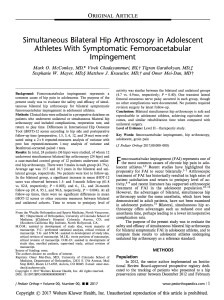 Read the full article here.
Read the full article here.

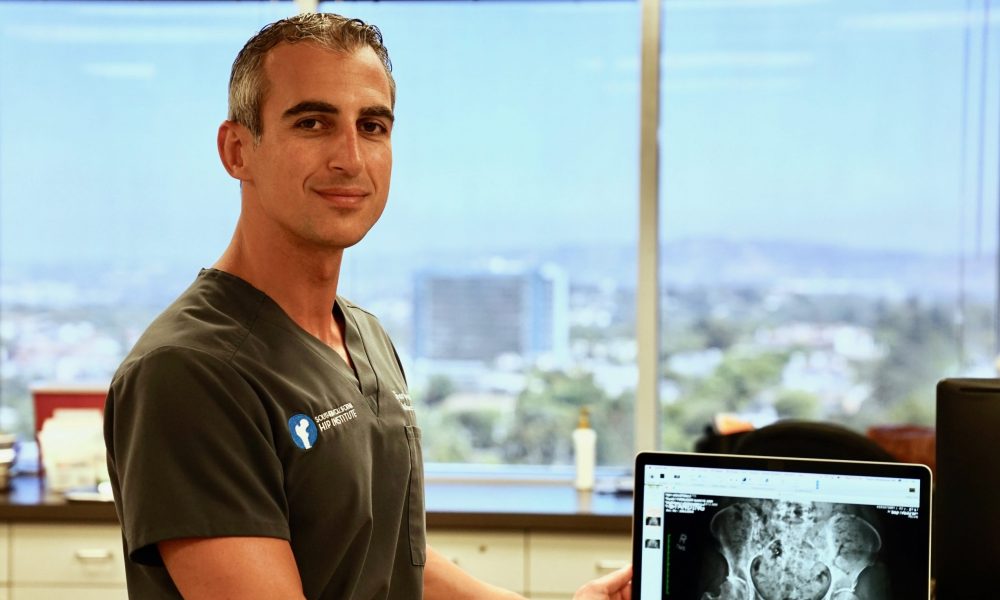 Dr. Tigran Garabekyan was recently featured in VoyageLA’s “Mid-Wilshire Inspiration.” The article includes a full profile on Dr. Garabekyan and highlights his expertise in orthopedic surgery.
Dr. Tigran Garabekyan was recently featured in VoyageLA’s “Mid-Wilshire Inspiration.” The article includes a full profile on Dr. Garabekyan and highlights his expertise in orthopedic surgery.  Have you ever wondered how ballet dancers are able to move their hips through seemingly impossible arcs of motion, all while supporting their body weight and twisting, pivoting, or lunging several feet up in the air? Well the answer has a large part to do with the shape of their hips, and they’re quite literally born with it.
Have you ever wondered how ballet dancers are able to move their hips through seemingly impossible arcs of motion, all while supporting their body weight and twisting, pivoting, or lunging several feet up in the air? Well the answer has a large part to do with the shape of their hips, and they’re quite literally born with it.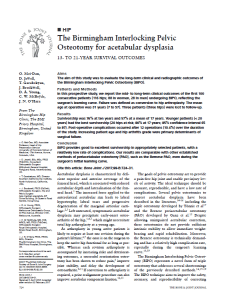
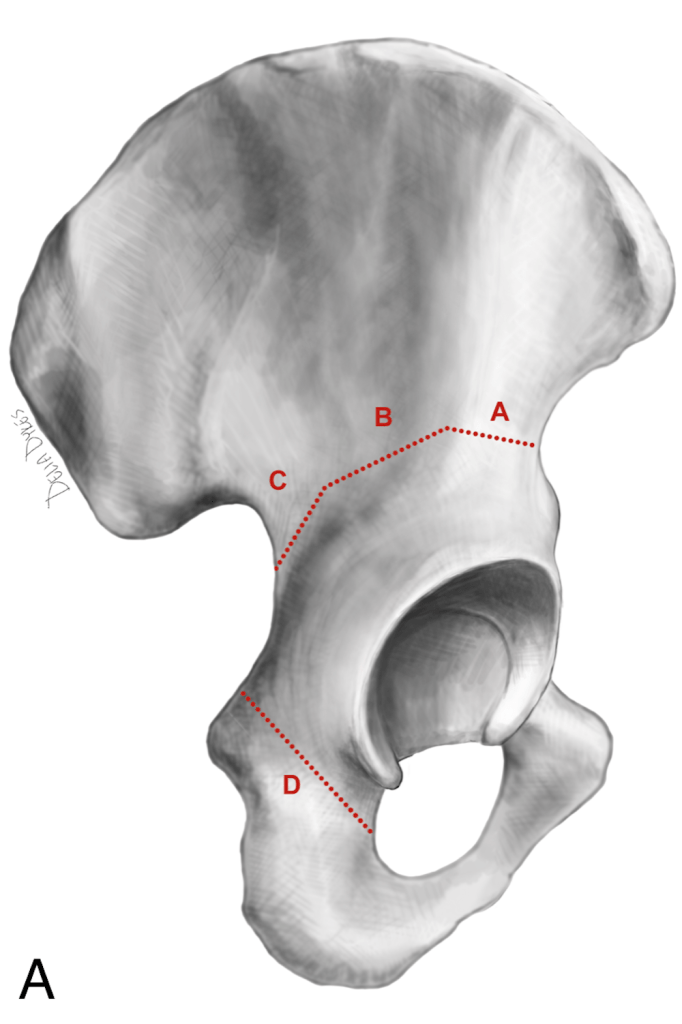
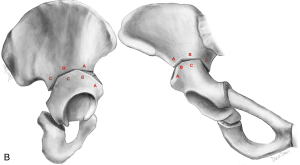
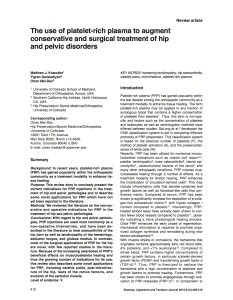

 Tigran Garabekyan M.D. – Your Los Angeles Area Hip Specialist
Tigran Garabekyan M.D. – Your Los Angeles Area Hip Specialist


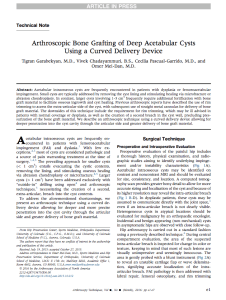
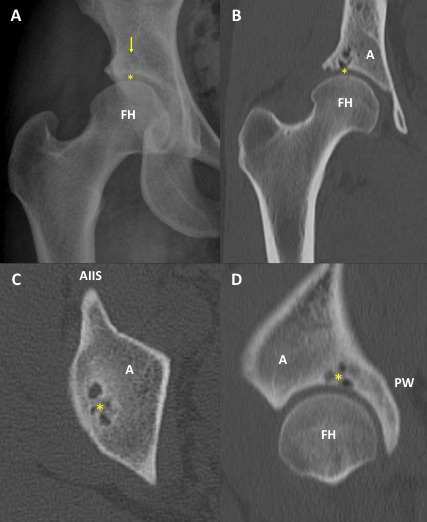
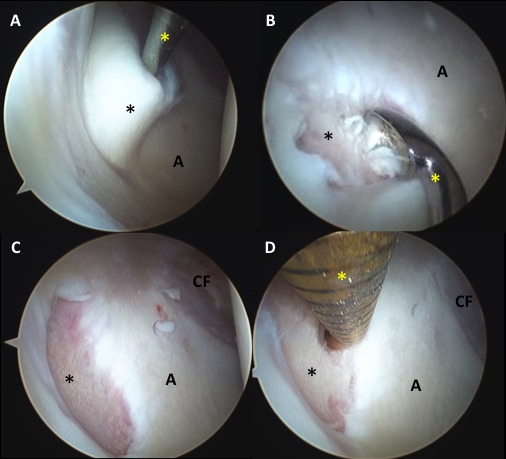
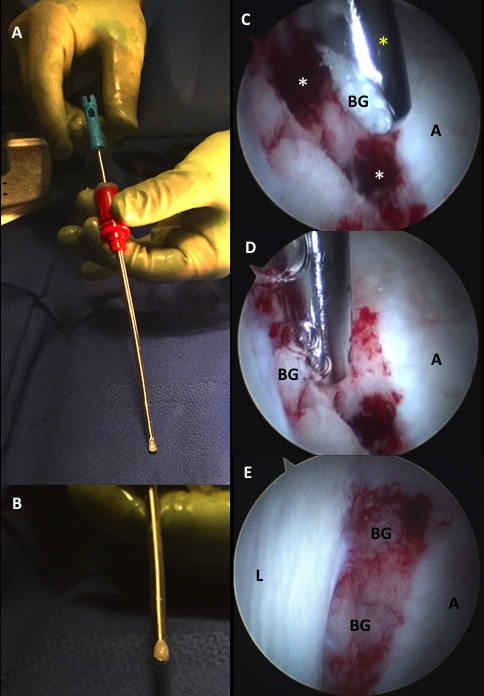
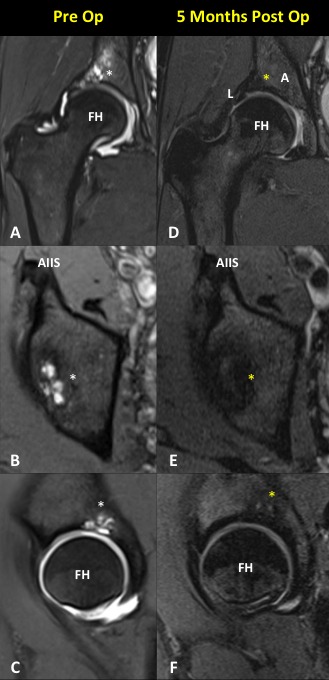
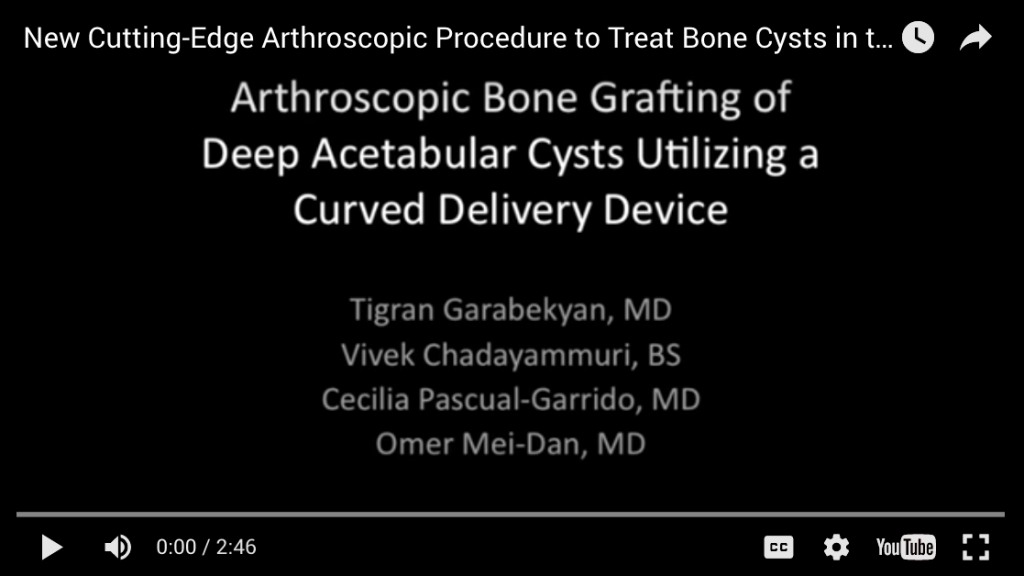
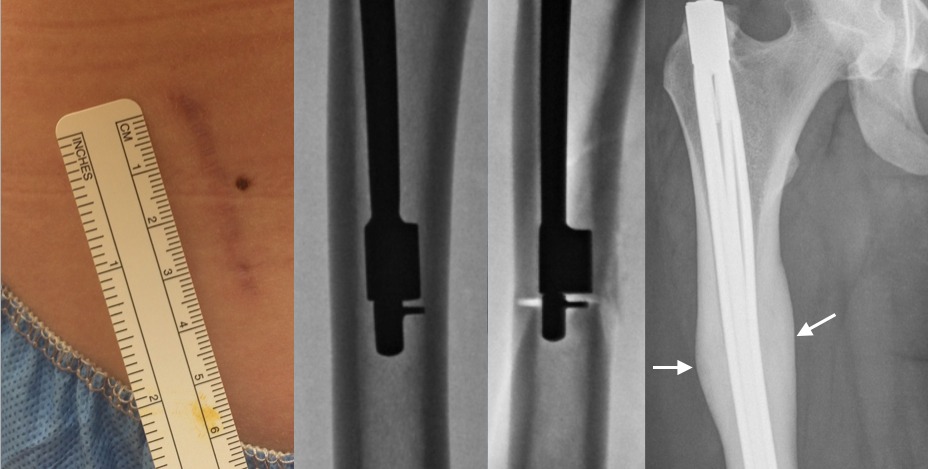
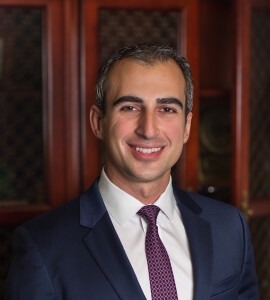
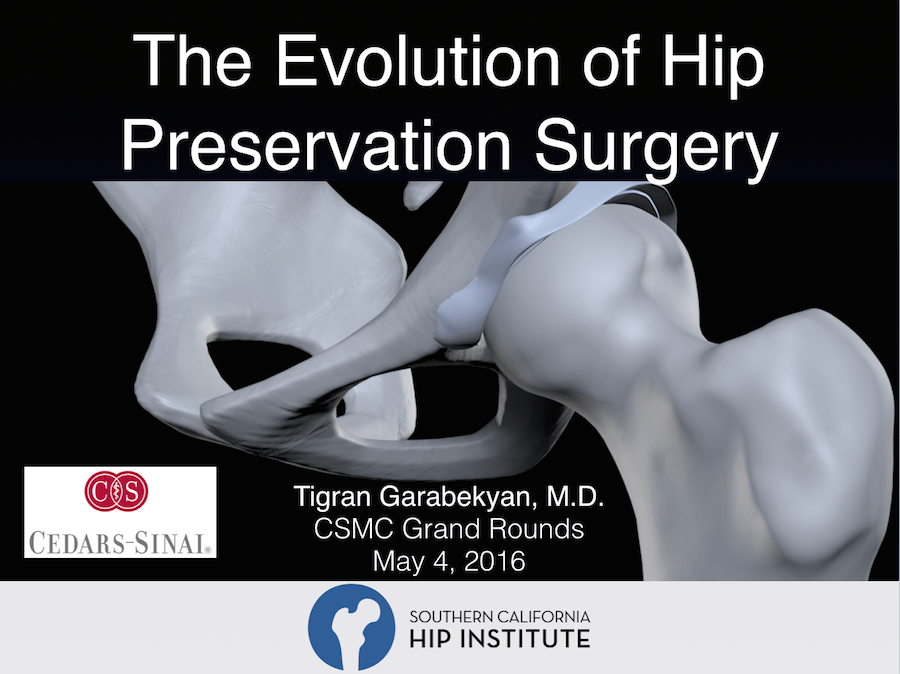
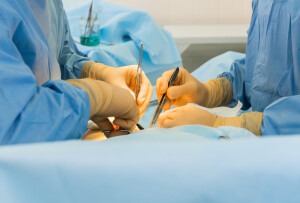 This intra-operative video shows the appearance of cartilage tears in the hip when viewed through a fiber optic camera during
This intra-operative video shows the appearance of cartilage tears in the hip when viewed through a fiber optic camera during 